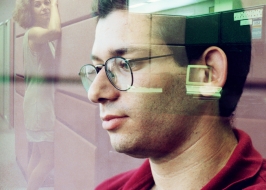Past exhibitions
Contemporary conceptual art, much like the art of science, sprouts from an inner seed, within the awareness of the artist or scientist. Each must then undergo a rigorous process of refinement, isolation and experimentation. Each of these worlds is based on a central tenet of precision and consistency. In this, the ideologies and roots of the two appear not only to approach each other, but to abut in many places.
At the Weizmann Institute of Science, art is seen to be a complementary activity, so that scientists and artists can, together, observe the world from a higher vantage point in a more critical and precise way. In other words, the synergy that occurs when science and art are brought together – when the two world views meet – can lead to more significant achievements in the enduring quest to understand the world and our place in it.
Based on this concept, art exhibits have been displayed in various work spaces in the Weizmann Institute of Science in recent years – primarily showings of contemporary Israeli art.

Hanan Shafir – Photography
"As the Evening Rolls In"
Artist wall in Sela Auditorium
》

Noga Linchevsky
"Time Zone"
The David Lopatie International Conference Center
》

Efrat Hakimi
"Cover"
Stone Administration Building, Entrance floor
》

Anne Blaich
"Dreams, Pixels, and Dots"
Stone Administration Building, Entrance floor
》

Chen Flamenbaum
"Deep Water"
The Studio
》

Lihi Turjeman
"Tomorrow Is Another Present"
Michael Sela Auditorium
》

Carmi Dror
"Maps"
Michael Sela Auditorium
》

Lee Yanor
"Suspended"
The David Lopatie International Conference Center
》

Ofer Shomron
"The Glory of the Small Things"
Stone Administration Building, Entrance floor
》

Yoav Brener
"Metric"
The David Lopatie International Conference Center
》

David Gerstein
"Drawings"
Raoul and Graziella de Picciotto Building for Scientific and Technical Support, 4th floor
》

Marina Santoro
"The Legend of Tomorrow"
Stone Administration Building, Entrance floor
》

Yuliana Gorkorov
"Letter Shape"
The David Lopatie International Conference Center, Weizmann Institute of Science, Rehovot
》

Galya Lutzky
"Through the Looking-Glass"
Dr. Karl and Leila Ribstein Center for Information Technology
》
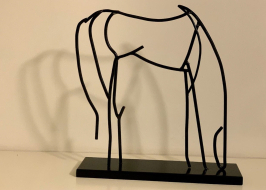
Alon Weingarten
"Iron sculptures"
Raoul and Graziella de Picciotto Building for Scientific and Technical Support, Entrance lobby
》
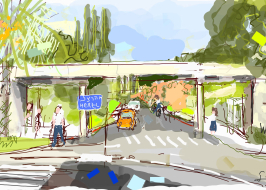
Michael Slatkine
"E-Pencil"
Feinberg Graduate School
》
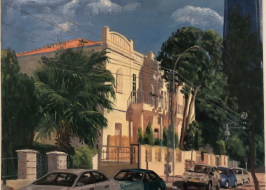
Shalom Flash
"Views"
Raoul and Graziella de Picciotto Building for Scientific and Technical Support, 1st floor
》

Natalia Zourabova
"Here, Now"
Stone Administration Building, Entrance floor
》

Zohdy Qadry
"for the sake of good order"
The David Lopatie International Conference Center, Weizmann Institute of Science, Rehovot
》

Daniel Khaykelson
"Cement (Photography, film)"
The Koffler Accelerator, 7th floor
》

Michal Servadio Ilan
"On My Way"
Raoul and Graziella de Picciotto Building for Scientific and Technical Support, 4th floor
》

Ronit Keret
"Tears - Site-specific installation"
Sussman Family building for Environmental Sciences
》

Joshua Griffit
"Bearing Souvenirs #2"
The Max and Lillian Candiotty Building, 1st, 3rd floor
》
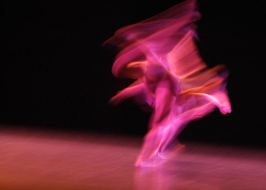
Alexander Katan-Schmid, Gadi Dagon
"Body image"
The Max and Lillian Candiotty Building, 2nd floor
》

Dafna Moriya
"Depth"
Stone Administration Building, Entrance floor
》
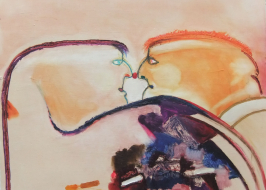
Michael Druks
"Zoom Out"
Stone Administration Building, Entrance floor
》
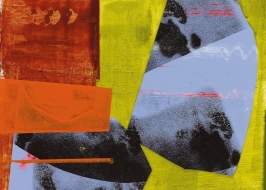
Shony Rivnay
" Travel Diary"
Stone Administration Building, ground floor
》
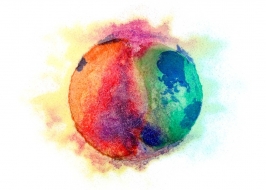
Shay Zilberman, Eli Horesh
"The Shape of Water"
The David Lopatie International Conference Center, Weizmann Institute of Science, Rehovot
》
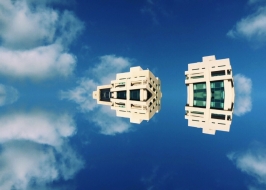
Maya Smira & Carmi Dror
"Now with Noise"
The David Lopatie International Conference Center, Weizmann Institute of Science, Rehovot
》
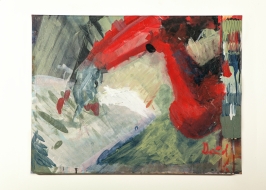
Liat Grayver and e-David
"The Painting Robot"
Jacob Ziskind Building
》
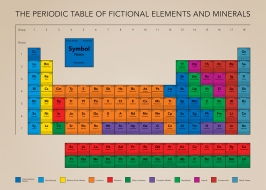
Agnieszka Kurant, Vardi Bobrow and Yael Balaban
"Old, Fake News"
David Lopatie International Conference Centre, Weizmann Institute of Science
》

Joshua Griffit
"Bad is Beautiful"
Feinberg Graduate School
》
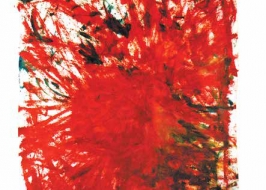
Aviva Shemer
"“Tikkun” (Repair)"
Nella and Leon Benoziyo Building for Biological Sciences & Raoul and Graziella de Picciotto Building for Scientific and Technical Support 2nd floor
》
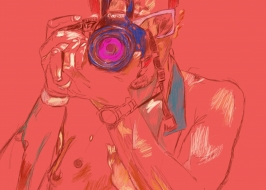
Update
"Or Raviv"
Raoul and Graziella de Picciotto Building for Scientific and Technical Support
》
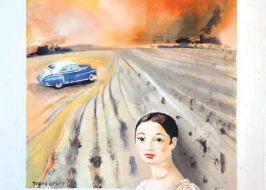
Joshua Griffit
"The Anchorman"
Raoul and Graziella de Picciotto Building for Scientific and Technical Support 2nd floor
》
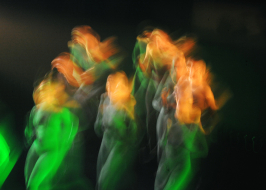
Gadi Dagon
"Digital Dancer"
Raoul and Graziella de Picciotto Building for Scientific and Technical Support
》

Dorit Feldman and Tamar Sheaffer
"Virtual, Reality"
The David Lopatie Conference Centre
》

"What a wonderful place"
The David Lopatie Conference Centre
》

Liat Segal
"Art ex Machina"
The David Lopatie Conference Centre, Weizmann Institute of Science
》
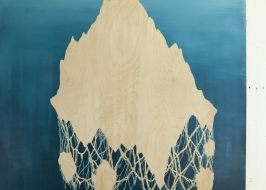
Jonathan Goldman
"Now, out loud"
Feinberg Graduate School / The David Lopatie Hall of Graduate Studies, Weizmann Institute of Science
》
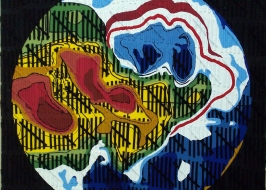
Benni Efrat
"Time Crack"
The David Lopatie Conference Centre, Weizmann Institute of Science
》

This Will Make You Better
"Medicine and Medication in Contemporary Art"
The Nancy and Stephen Grand Israel National Center for Personalized Medicine (G-INCPM)
》

Eitan Vitkon
"Blowing in the Wind"
Feinberg Graduate School / David Lopatie Hall of Graduate Studies, Weizmann Institute of Science
》

"Field Theory"
The Edna and K. B. Weissman Building of Physical Sciences, and the Nechemiah and Naomi Cohen Building
》

Ella Amitay Sadovsky
"Composite Materials, Augmented Reality"
David Lopatie International Conference Centre
》
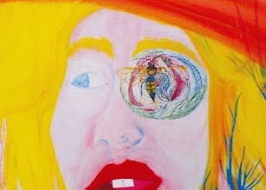
"Eye Contact - Seeing “what’s there”"
Open week days: Sunday to Wednesdays, 09:00 – 16:00 Closed on Thursdays and weekends
》

Michal Raz
"The Myth of the Two-Dimensional Plane"
The David Lopatie Hall of Graduate Studies
》

Micha Laury
"Road Map"
Stone Administration Building, first floor
》

Maty Grunberg
"Watershed"
Ullmann Building of Life Sciences
》


